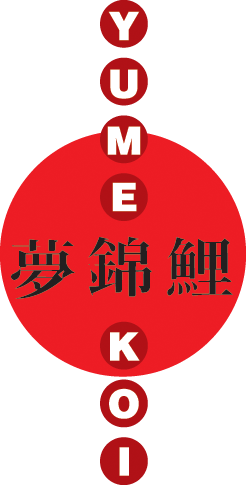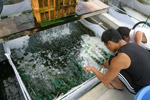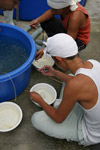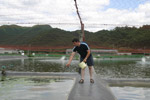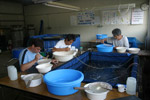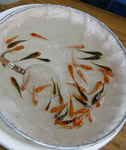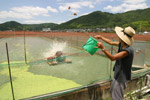
General Information
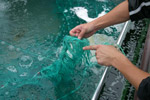 |
Here, you can just about see the eggs stuck to the spawning ropes. |
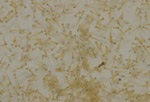 |
This is what fry look like at just a few days old.. |
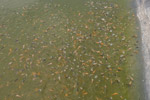 |
These young Koi are just about to be pulled up for their first selection. |
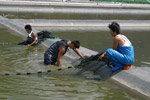 |
The shallow mud pond is harvested using a fine drag net. |
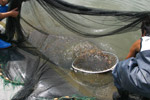 |
These fry are then scooped up, and put into a transport tank on the back of a truck. |
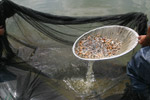 |
A closer look at some of these fish being scooped up. |
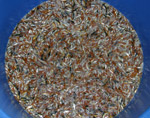 |
The fry are then thrown into a bowl on the floor, which seems a little heartless admittedly, but they are not allowed to be thrown into the river. |
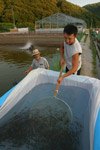 |
The 'Tategoi' at this stage are then taken back to the mud pond. Here, Daisuke-san is scooping them up and passing them to Nakagawa-san, to release them into the pond. |
http://www.yumekoi.com/index.php/en/info#sigProId3dc945f93a
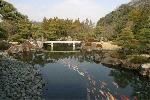 |
Himeji Castle |
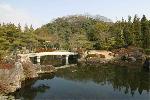 |
Himeji Castle |
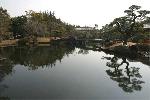 |
Himeji Castle |
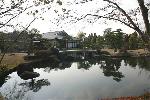 |
Himeji Castle |
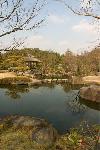 |
Himeji Castle |
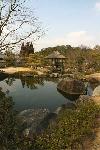 |
Himeji Castle |
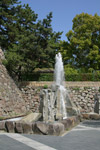 |
Fukuyama Castle |
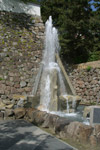 |
Fukuyama Castle |
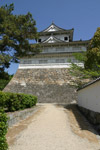 |
Fukuyama Castle |
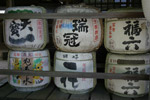 |
Fukuyama Castle |
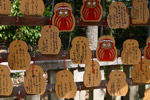 |
Fukuyama Castle |
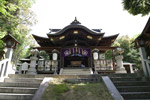 |
Fukuyama Castle |
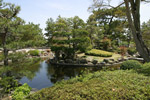 |
Fukuyama Castle |
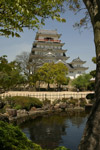 |
Fukuyama Castle |
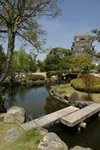 |
Fukuyama Castle |
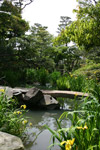 |
Kurashiki |
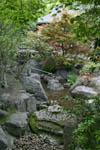 |
Tokyo |
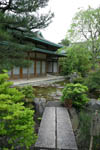 |
Tokyo |
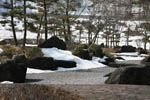 |
Yoshika |
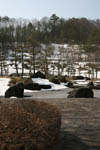 |
Yoshika |
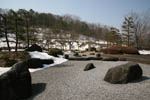 |
Yoshika |
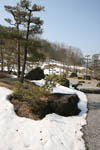 |
Yoshika |
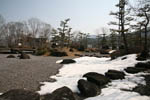 |
Yoshika |
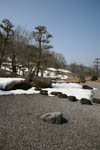 |
Yoshika |
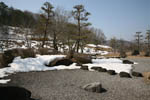 |
Yoshika |
These pages will hopefully help you understand our 100% KHV Zero-Tolerance policies, and the methods and reasoning behind the extensive measures we are taking to make sure that our Koi are safe. These pages also explain in extreme depth, how we encountered KHV in July 2006, and what we have learnt about KHV, following the testing of over 1000 Koi because of our problem.
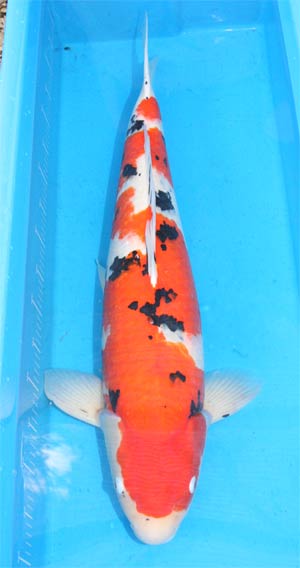 |
In June 2006, we prepared all of our absolute best Koi, as a 'Showcase' to take to the BKKS National Koi Show. All of the Koi that we took, were Koi that we had purchased as Tosai, or Nisai. Some of these Koi had been grown in Japan, and many of them had been grown at Yume Koi. Many of these Koi were of the most extreme high level, a level of which is hard to find, anywhere in Japan, let alone the UK. It took us about three years to get up to this level of Koi. Needless to say, we were incredibly proud to take such Koi to the Show. The 2006 BKKS Koi Show turned out to be our very best result ever! Sure, we had also supplied the Grand Champion and others, that won in 2003, and 2005, but 2006 was really special for us, with John Hellens winning both Grand, and Mature Champions, and Cliff Neale winning Jumbo Champion. In short, we won the top three, out of the top six prizes! The glory however, was short lived... On return from the Koi Show, we put all of our Koi back into their two quarantine ponds, so that we could 're-quarantine' them before moving them back to their relevant growing ponds. We then raised the temperature so that we could get them to our chosen 'growing temperature' of 24c. On the 20th of July 2006, the Sanke pictured on the left, started to breath heavily. Temperture at this point, was 23.5c. This Koi was purchased and sold as Tosai, and was now 74cm, and four years old. She had never left our premises since import from Japan, and we took her to the Show to try to sell her on our clients behalf. |
|
| When I pulled the wonderful Sanke above up for closer inspection, I realised that one side of her gills were damaged. I also found Trichodina and flukes on a gill scrape.My first thoughts with the above Sanke, was that the parasites had damaged the gills, and triggered off Bacterial Gill Disease. I raised the temperature to 27.7c at this point, as 27c will generally fix this ailment relatively easily. I was however, cautious not to raise the temperature higher, just in case it were KHV. This rise in temperature accelerated the Koi's decline in condition, and the Koi died on the eve of the same day. The next two Koi to die, were the two Sanke on the right. Both of these were purchased by us as Tosai. The one with more Sumi was Sansai of about 70cm, and the one with smaller Sumi was one that we grew from 25cm as Tosai, to become 64cm as Nisai. This Koi was one of my favourites, as she was improving at an amazing rate. After these two Koi died, I was starting to become extremely distressed about it, and phoned my good friend Maurice Cox up, and asked if he could come over with some salt (about 11pm at this point). He arrived, and tried to console me by saying that it was possible that it was possiby just parasite damage. Having my doubts, and fearing the worst, I decided to take measures that I knew would stop KHV in it's tracks, with a view to taking the Koi to CEFAS for PCR testing first thing on the following Monday morning. In general, on Sunday the 22nd July, the Koi were starting to look better. At this point, the only mortalities had occurred in the right-hand 1700 gallon pond. Only one Koi in the left pond showed just one very small spot of thick mucous that made me think that this pond was also affected. In the midst of losing the pictured Koi, we also lost three Tosai from the same pond. These Tosai, were from a batch of around 70 that we had received in May 2006, the best 40 of which we selected out, and put into the right-hand pond, to take to the Show. On the morning of setting off to the Koi Show, I decided not to bother with the Tosai, and to take just the 'Showcase Koi' to the Show. |
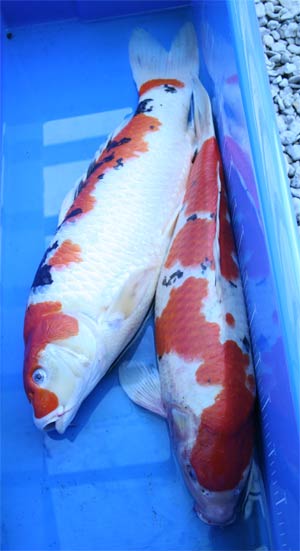 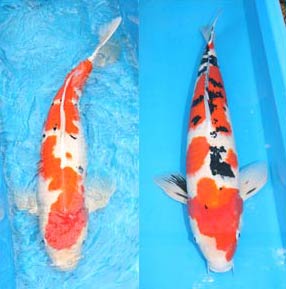 |
|
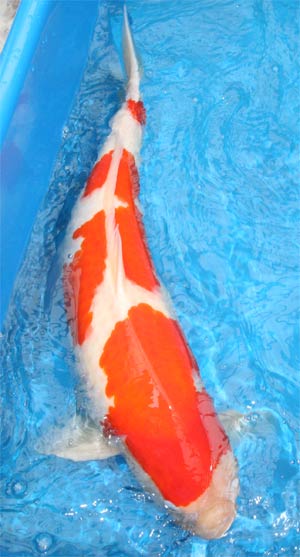 |
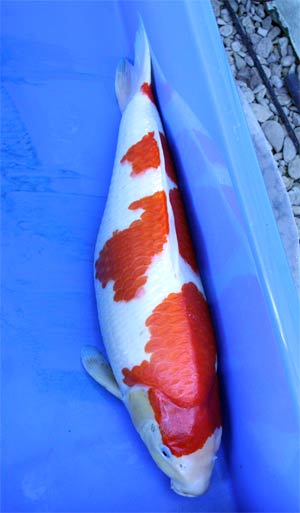 The last Koi to die here, was on the Monday morning, and was this wonderful Kohaku which was in my opinion the best one that we have had here in a long long time. She was 65cm, Sansai, and had perfection in all the criteria that I look for in a Koi to grow big and beautiful. Although we have sold better Koi, this was the best one that we have had here growing at our place. We agreed a sale on this Koi on the 18th July, for her to be grown here. Luckily, she never left the premises. |
|
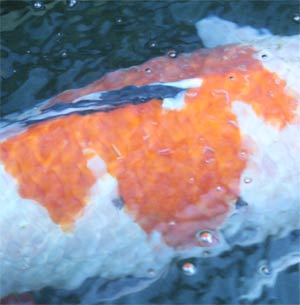 The Showa on the right was showing the classic signs of mucous shedding. The skin also lost its shine, looking grey and dull. The head and face areas also turned dark and patchy. I was convinced that this 75cm Showa would be the last one to die, but within a week of taking steps to stop the spread of KHV, she recovered to look pristine again. It is scary to think, that someone could have visited here on perhaps the 20th July, and again on the 27th (just one week later), and not realised what had just occurred here! Frightening! |
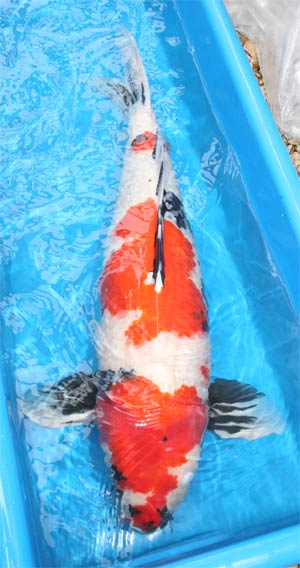 |
|
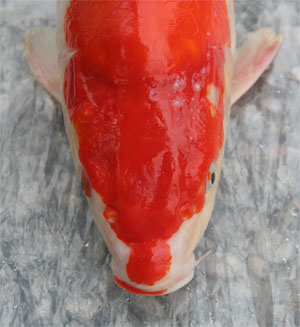 |
On Monday 24th July (2006), we took two dead Koi, and a handful of live ones to CEFAS, so that they could run PCR tests for active KHV, and also anti-body test them by ELISA. From the right-hand pond, we took the Sansai Kohaku pictured above on this page, and a handful of other Koi. From the left pond, we only took a few Tosai. This turned out to be a huge mistake, as you will learn later in these pages. On the 4th August, we received confirmation that the Koi had died from KHV, and that ELISA testing was showing some positives for antibodies. Some of the levels were quite low, as an anti-body response doesn't happen overnight. If a Koi could develop antibodies quickly enough, it probably wouldn't die. This is why a carrier is more likely to survive, than the victims, as it already has some degree of anti-bodies from prior exposure. |
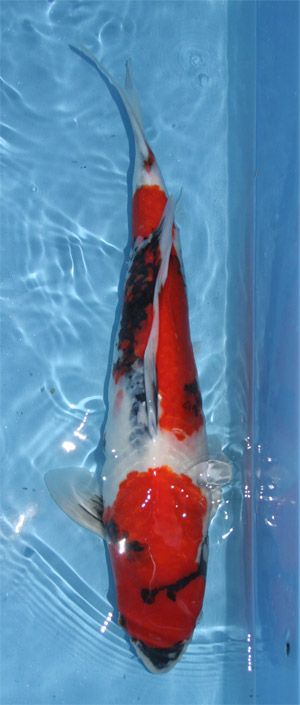 |
On Tuesday August 8th, we received blood sampling equipment and a centrifuge. We then set about the task of blood sampling each and every Koi in our 'healthy' ponds, to establish if any Koi were present, that posed a risk of KHV. Once blood testing was completed, we hit the road and travelled the length and breadth of the UK, testing every Koi received and sold from our May 15th shipment, as well as a large number of Koi that dated back more than 12 months prior to this date, in an attempt to try to establish where our KHV came from, and whether we had placed any of our clients collections at risk. We also tested Tosai that we had sold to three other dealers, as these were siblings to those in our infected ponds. The results of these blood tests proved to be very interesting! In short, the few Koi that we sold at the BKKS Show were fine, and had been up at around 25c in their new ponds, due to a heatwave we were having at that time, with no problems. But, four Koi that we had sold as Tosai, and had been grown in Japan through to Nisai, tested positive. These four Koi resided in three clients ponds. In addition to this, one Koi tested positive in one of our healthy ponds, which had a common link with the other four Koi, as it turns out they were all exposed in Japan. The shocker behind the testing however, was that of the three dealers Tosai that we tested, dealer 'A' had experienced no health issues, dealer 'B' had experienced a few losses which were a mystery to him, so he had taken it upon himself to fix them up from whatever they had suffered from. Dealer 'C' had experienced a bacterial problem, resulting in ulcers on some Koi. The testing, however, revealed that dealer 'A's Koi returned positives from Kohaku Tosai, but not the Sanke that cohabited with them. Dealer 'B' had positives on a wide spread of Koi, including pre-existing Koi. Dealer 'C' had the same proportion of positives as dealer 'A'. So, from this, it was possible to conclude that dealer 'A' had potential carriers amongst his Kohaku tosai. Dealer 'B' had experienced an outbreak of KHV amongst his Tosai, but had 'fixed' it himself. Dealer 'C' had experienced bacterial problems, but not KHV. Dealer 'A' was the vital link to our KHV outbreak. His Koi had been heavily temperature cycled after their arrival in the UK on May 15th, but with no issues. However, after we got the results back, the dealer co-operated by temperature cycling his Koi once again. The strange thing was, that despite using an anti-viruside in his pond, an outbreak proved remarkably easy to induce! | |
| The conclusion of our outbreak, was that the cause of it wasn't the Koi we would have expected, but the Tosai that arrived on the same shipment. It was a pure miracle that I didn't take these Koi to the Show, as this would have certainly caused losses if sold. By chance, of the other dealers, only one of them had sold one of the Tosai, and this one was euthanised without causing any problems. I had myself sold three, and these were also euthanised, and replaced, as were the other dealers Koi. As far as the Positive Nisai were concerned... the ones in the customers ponds were destroyed. The one that we found at our place, was removed to a temporary pool, to which we added some small Tosai from another source (believed naive). We then temperature cycled this pool very heavily between 15 and 25c, three times. We also repeatedly blood tested it up until January 2007, and each time it returned a result that was 'off the scale'. In the end, we sent this Koi to CEFAS for further research. They too could not induce an outbreak, but concluded that it was most likely a carrier, since it was still producing anti-bodies. | 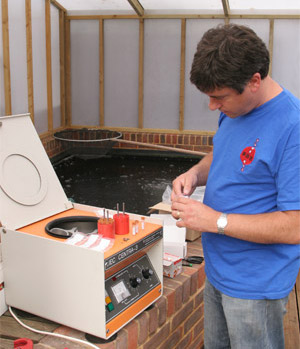 |
|
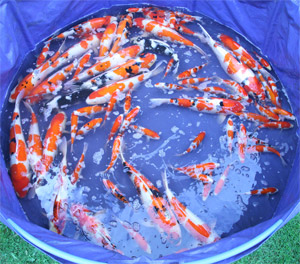 Above: The remaining 73 Koi from the infected ponds prior to euthanising. Below: The same 73 Koi after being euthanised. 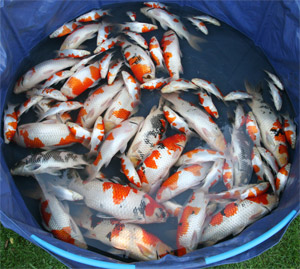 |
Our experiences with KHV in 2006, and all of the testing that we had done as a result, was a huge 'wise-up' lesson for us, and indeed, many others in the Koi industry. I feel that although we experienced great losses, and our outbreak most likely frightened many hobbiests away from buying new Koi, there was also a positive side, as it resulted in many other dealers also improving their own protocols. It seems however, that some still choose to bury their head in the sand a little, figuring that they will hear inside info from agents, or Japanese dealers, if anyone in Japan is seen as a risk. The truth is however, that Japanese Koi farms even nowadays, are still generally very unscientific. Many breeders don't even posses a microscope, and base all of their treatments on a hunch. My opinion, is that many KHV cases on Koi farms in Japan are stemming from the parent Koi. To my mind, KHV is transmitted vertically from the parents, but not to every offspring. The scary part in all of this, is that some breeders are getting KHV without even realising it, and others chose to sweep it under the carpet and 'deal with it' rather than tell the government, and be shut down whilst testing is carried out. On a brighter note though, an increasing number of breeders are now sampling Koi that have been recovered from sickness, and new parent Koi, and sending the samples to America for anti-body testing. I myself have sampled and had parent Koi tested for four breeders in Japan. With those breeders that have never seen KHV, the worrying part, is that if a disease fits into the 'none of the above' category, then heat and salt tends to be the answer. So, if Fufusho (sleeping disease) occurs, then the answer is 30c, and salt. If Bacterial Gill Disease is suspected, then 30c and salt is the answer. If Holes Disease occurs, then 30c and salt is the answer. BGD and Holes Disease show somewhat similar symptoms to KHV to a degree, and it is my opinion, KHV is sometimes being inadvertently fixed, as the same treatment regime will also recover fish from KHV. |
|
What we learnt from our KHV outbreak... One of the scariest things about KHV, is that a carrier that has been recently infected with KHV, will be much stronger than one that was infected perhaps 12 months ago. So, assuming that a Koi had been recovered perhaps a month ago, and then imported, it is actually very unlikely to shed virus to other Koi, as it's anti-body count will be so high, that the virus will be kept 'in check' within the Koi. However, over time 'post-exposure' the Koi's immune system will relax, and the antibody count will fall, hence, an outbreak will become easier to induce. Remember, that a Koi that causes an outbreak, is essentially a Koi that was a previous victim of an outbreak itself. KHV doesn't happen unless a carrier is present. Some people don't believe in temperature ramping. They feel that if the Koi arrive, and are then placed into warmer water, then this will be enough. The assumption is, that the cargo hold water will be maintained at below 15c. However, quite often, the Koi are packed in water of 18 or 19c in Japan, and will often arrive at much the same temperature this end. The shipment we had, was via KLM, and should have been kept at below 15c in the cargo hold. When the Koi arrived at our end, the water was around 15.5c, and placed straight into water of just under 18c, which we then ramped to 24c. This wasn't enough to trigger an outbreak. When we went to the BKKS National Show in June '06, we left Tosai in our two 1700 ponds. These ponds were maintained at around 18c whilst we were at the Show. On our return, we re-introduced all of the Koi from the Show to these two ponds, and heated them back up to growing temps of 23.5c, at which point, the Tosai caused our outbreak. It would appear that this somewhat later temperature cycle triggered the virus. |
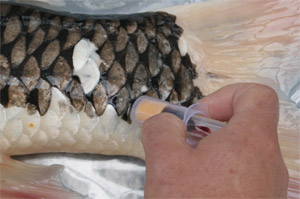 Above: Drawing blood from an 83cm Tancho Showa. Below: A suitably centrifuged blood sample ready for sending for testing. 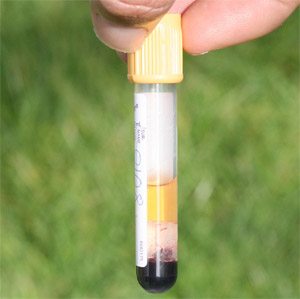 |
|
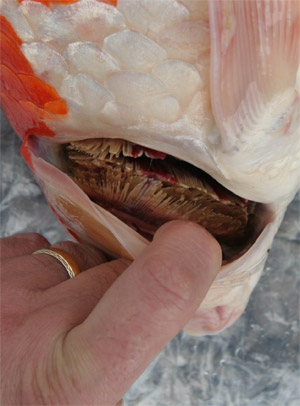 |
As a result of our outbreak, we now see things very differently. When we import Koi, we now blood test each and every one of them using the CEFAS ELISA test. This test is highly sensitive, but unfortunately, not incredibly selective. I feel that this test is extremely good for finding safe Koi, but not good for finding dangerous ones. What I mean by this, is that there does seem to be some reaction with Carp Pox anti-bodies. So, any positives we find are isolated, and then retested using Vicki Vaughan's Serology test. If these Koi come back positive again, they are destroyed. If they come back negative, the Koi are extensively temperature cycled. Any Koi with any antibody level anywhere close to the negative threshold, is retested after temperature cycling, to make certain that it's anti-body level hasn't risen. This confirms that the Koi isn't a risk, as a carrier will increase it's anti-body level after being temperature cycled. To date, we haven't found any Koi that have shown an increase in antibody levels after cycling. This is extremely encouraging. Of course, this method of testing is expensive, but for us, it's easy as the Koi are generally pretty valuable, and the number of Koi is low, so the cost is relatively insignificant. That said, since July 2006, we have had around 2000 Koi tested to date. |
The testing we carried out Nationally, accrued almost £20,000 of expense, yet this was paled into insignificance compared to the value of the Koi we lost, and also those customers Koi we had to replace, as we handful here that we took to the Show to try to sell, and hence, lost those also on our return. What we were trying to do as a favour to a few clients, resulted in an additional £13,500 loss of Koi. It's not all bad news however, as our testing resulted in one client asking for his entire collection to be tested. This revealed two Koi that he had, that were very high positives, that weren't our concern. He then recommended three of his friends to have their Koi tested, and this revealed that all Koi that these four people had imported from a Japan trip in Nov '05, and collected in April '06, were all positive. It was a lucky escape for these people.
